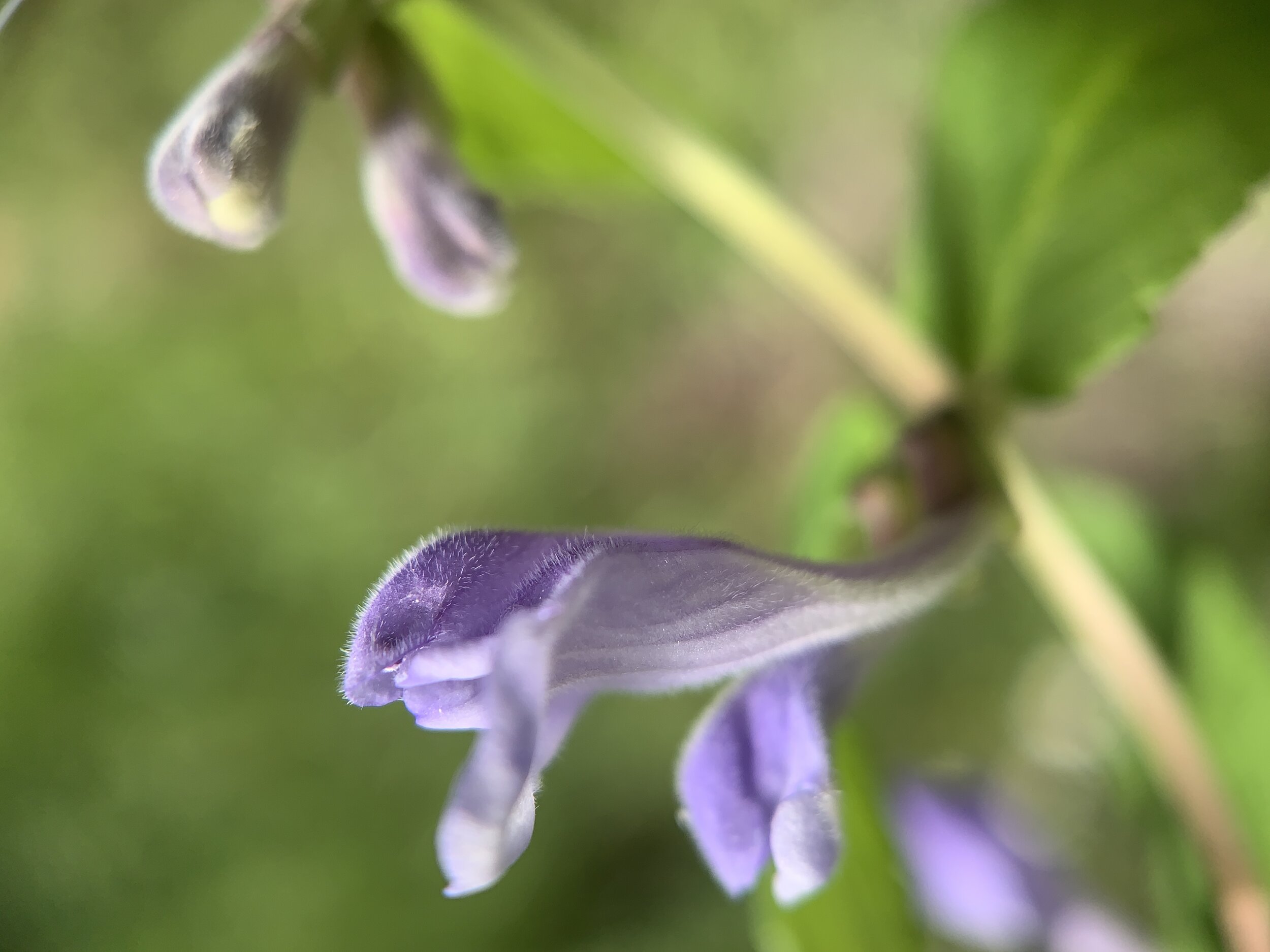A Skullcap Moment
Have you ever had the uneasy feeling that your thalamus isn’t working correctly?
Maybe the light just seems too bright. It might be that sounds seem too loud. Or maybe those shoes you are wearing need to come off your feet right this instant. I call these feelings “Skullcap Moments”. One of the main functions of the thalamus is to filter the sensory information coming to the brain: noises, visual stimuli, sensations of touch, as well as information from our own muscles and organs. In this way, we can prioritize important information and eliminate the vast amount of incoming information we don’t need.
Imagine if that process didn’t happen well. We have all had moments like these, but this is a common occurrence for people with sensory processing disorder, autism, and schizophrenia. Sensory processing disorder is a condition in which the brain has trouble filtering out incoming sensory information. Sounds seem too loud, or not loud enough. Clothing, tags, in particular, may feel uncomfortable and scratchy to the skin. Light pressure on the skin might feel uncomfortable or even painful. Using Skullcap can quiet this incoming sensory information. Skullcap can be helpful for similar disorders such as Autism Spectrum Disorder (ASD), Attention Deficit Disorder (ADD), and Attention Deficit Hyperactivity Disorder (ADHD) in both children and adults. It is useful for hyperactivity, impulsivity, inattentiveness, and difficulty focusing and sustaining attention.
Scutellaria lateriflora flowers
Skullcap is a relaxing nervine that is useful for stress, irritability, and anxiety. In small doses (15-30 drops of the tincture) it is not sedative, but rather calming and relaxing. I recommend using Scutellaria throughout the day to lower the overall adrenaline stress response including muscle tension, nervousness, and general agitation. As a nervine restorative, it combines well with milky Oat seed (Avena sativa or A. fatua) St. Johnswort (Hypericum perforatum), eleuthero (Eleutherococcus senticosus), and Gotu kola (Centella asiatica). For anxiety or panic, I like to use it with kava (Piper methysticum) Pulsatilla (Aneomone spp.), and California poppy (Eschscholzia californica).
Skullcap is well known for its anti-seizure and neuroprotective actions. I have used it with my epileptic son to reduce nighttime seizures and encourage sleep. His nighttime waking and insomnia, caused by abnormal brain activity, is noticeably reduced when given skullcap before bed. For nighttime seizures and related insomnia, I combine it with Blue vervain (Verbena hastata), Catnip (Nepeta cataria), California poppy (Eschscholzia californica), and a small amount of Lobelia (Lobelia infalta).
Another Skullcap Moment: You have gone to bed, maybe you fell asleep or maybe you are lying there, trying to doze off. You get a small itch on your arm and scratch it. Suddenly, you realize your pajamas are slightly twisted. They need to be adjusted several times until they are just so. A few moments later, the tip of your nose needs a little scratch. Shortly, a hair starts tickling your face and you brush it aside. You toss and turn. By this time, if someone is “trying” to sleep next to you, they are probably awake as well. Luckily, in larger amounts (50-80 drops of the tincture), Skullcap is a useful sedative to aid sleep and can be used for insomnia. I especially like it for the restless, hypersensitive insomnia described above. To promote sleep, I have seen skullcap work well with other calming nervines such as Passionflower (Passiflora incarnata), Valerian (Valeriana spp.), California poppy (Eschscholzia californica) and Hops (Humulus lupulus). For younger children, it can be used with Chamomile (Matricaria recutita), Catnip (Nepeta cataria), and Linden flower (Tilia spp.).
Scutellaria lateriflora plant
Skullcap can also be helpful for withdrawal when discontinuing the use of tranquilizers or barbiturates. I have used Skullcap many times for pain. It is especially useful for nerve pain and headaches. Try it with St. Johnswort (Hypericum perforatum), or black cohosh (Cimicifuga racemosa) for nerve pain, whether from inflammation, trauma, sciatica, or pain caused by viruses such as herpes or shingles. I have successfully used Scutellaria many times to treat my own headaches, including an occasional migraine. I find it works best if I take a dose of the tincture every ten minutes or so for about an hour (I use 40 drops of the tincture every 10 minutes. Plan not to drive or do any other complicated tasks at this time). If it hasn’t worked by then, it most likely won’t. I have also noticed I need to catch migraines early for better efficacy. For headaches and migraines, I like Skullcap with Willow (Salix spp.), clematis (Clematis spp.) aspen (Populus tremuloides) and Feverfew (Tanacetum parthenium). Be cautious using species of skullcap with sedative medications such as barbiturates and benzodiazepines as they may magnify the effect.
According to Maude Grieve, an overdose of the tincture causes giddiness, stupor, confusion, twitching of the limbs, and intermission of the pulse. Interestingly, these symptoms can be similar to an epileptic seizure. Author’s note: I have also Scutellaria galericulata (marsh skullcap) and find it similar, if not a bit stronger, than Scutellaria lateriflora.
© Elaine Sheff, Clinical Herbalist, RH (AHG)



